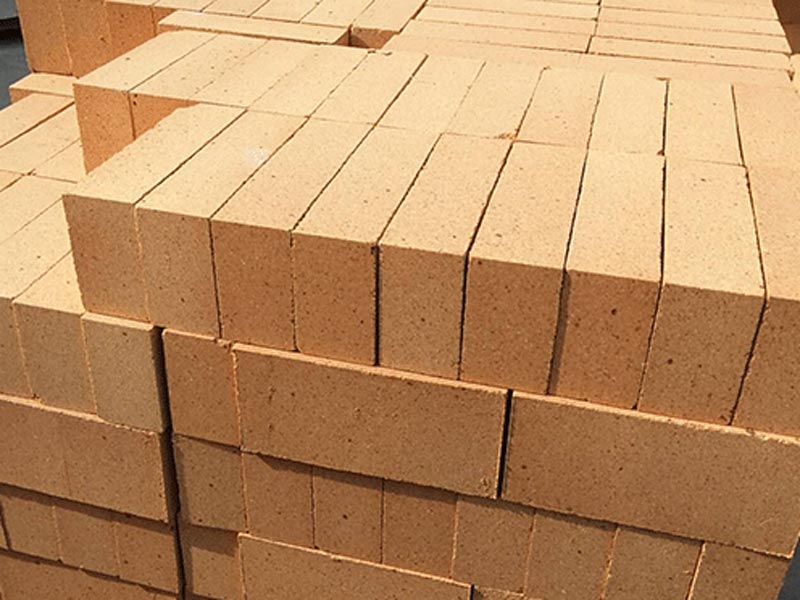News detail
Classification of clay refractory bricks
Classification by Chemical Composition
(1) Ordinary Clay Refractory Bricks
The main chemical components are alumina (Al₂O₃) and silica (SiO₂), with the alumina content generally ranging from 30% to 46%. This type of clay refractory brick is the most common type and is widely used in medium- and low-temperature industrial furnaces, such as small ceramic and brick kilns. Due to its relatively low cost, it can meet certain refractory and thermal insulation requirements.
(2) High-Alumina Clay Refractory Bricks
High-alumina clay refractory bricks have a high alumina content, typically exceeding 46%. As the alumina content increases, their refractory properties also increase, allowing them to withstand higher temperatures. For example, they are used in high-temperature equipment such as heating furnaces and soaking pits in the metallurgical industry. They can withstand harsh high-temperature environments and provide excellent refractory protection for the furnace body.
Classification by Forming Process
(1) Machine-Formed Clay Refractory Bricks
Clay raw materials, after being batched and mixed, are pressed into shape using mechanical pressure. This forming method results in bricks with higher density, greater strength, and more regular dimensions. This ensures tightness and stability in applications such as kiln construction, and is often used in large industrial kiln construction, where high precision is required.
(2) Hand-Formed Clay Refractory Bricks
Manually forming bricks may offer slightly lower dimensional accuracy, but are often used for special shapes, small-batch production, or traditional craftsmanship. For example, clay refractory bricks used in traditional small stoves may be handmade, offering greater flexibility and meeting diverse needs.
Classification by Operating Temperature
(1) Low-Temperature Clay Refractory Bricks
This type of clay refractory brick is suitable for temperatures below 1000°C. Its material and structural characteristics ensure it maintains good stability and refractory performance even in relatively low-temperature operating conditions. It is commonly used in small heating equipment or residential heating facilities that don’t require high temperatures.
(2) Medium-Temperature Clay Refractory Bricks
This type of brick has an operating temperature range of approximately 1000°C to 1300°C. Its refractory performance is superior to that of low-temperature clay refractory bricks, allowing it to function normally in medium-temperature industrial kilns. For example, this type of clay refractory brick is used for lining the low-temperature section of some cement rotary kilns and the preheating section of glass melting furnaces.
(3) High-Temperature Clay Refractory Bricks
These bricks can withstand temperatures exceeding 1300°C and possess excellent high-temperature stability and refractory properties. They are primarily used in critical high-temperature areas in industries such as metallurgy and ceramics, such as sections of steelmaking blast furnaces and the firing zones of high-temperature ceramic kilns. They play a vital role in ensuring the smooth operation of high-temperature production processes.
Classification by Appearance and Shape
(1) Standard Clay Refractory Bricks
These bricks have standardized dimensions, such as the common 230mm × 114mm × 65mm. This standard shape facilitates large-scale production, transportation, and kiln construction. They are most commonly used in the routine construction of various industrial kilns and can be neatly arranged and combined according to design requirements.
(2) Special-shaped clay refractory bricks
These bricks are not conventional rectangular bricks, but feature various special curvatures, angles, or concave and convex structures. These bricks are primarily designed to meet the masonry requirements of special kiln locations, such as corners and vaults. These bricks must be custom-made to meet the specific shapes needed to ensure the sealing and stability of the kiln structure.



Send inquiry
Please Leave your message you want to know! We will respond to your inquiry within 24 hours!